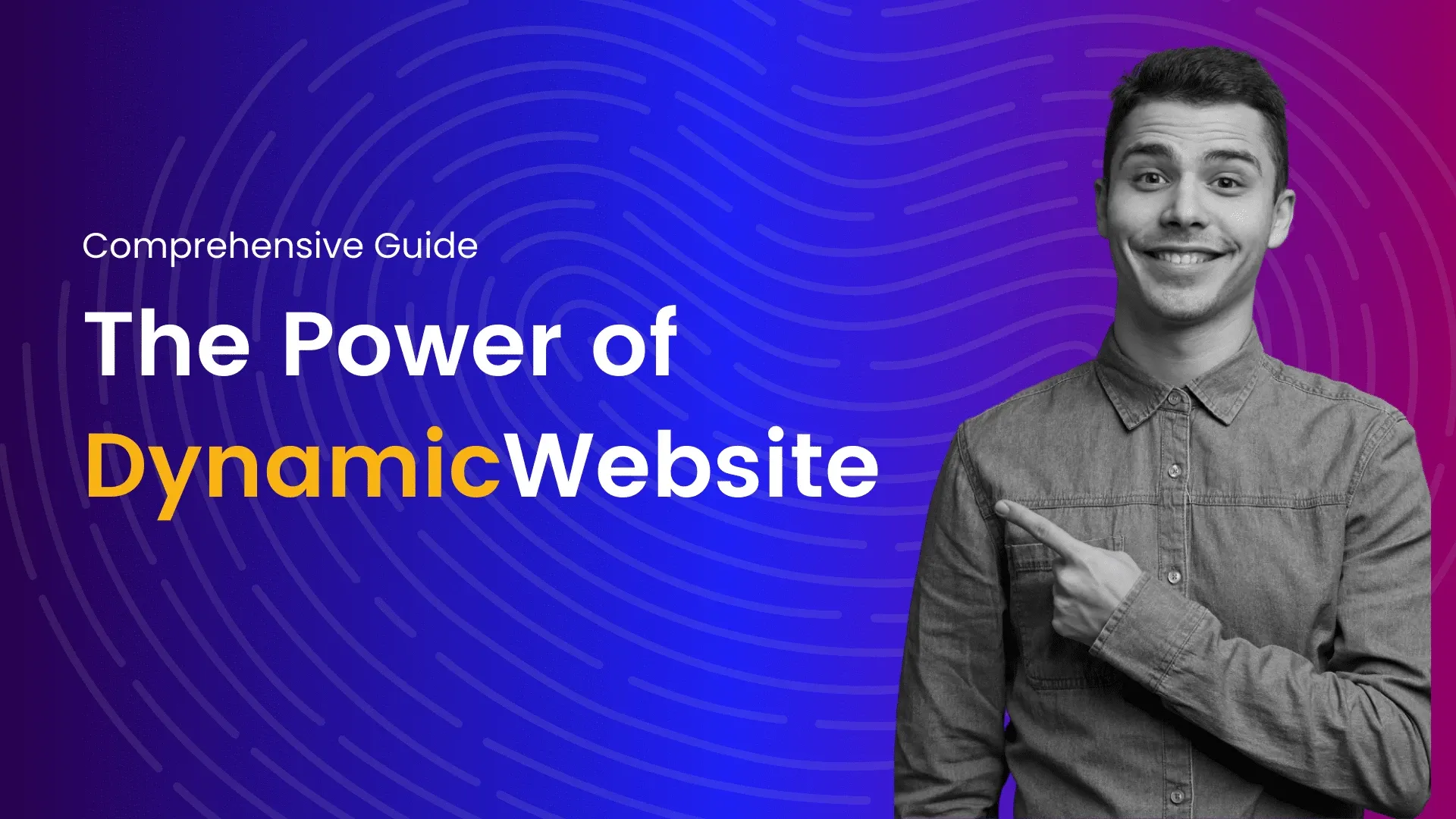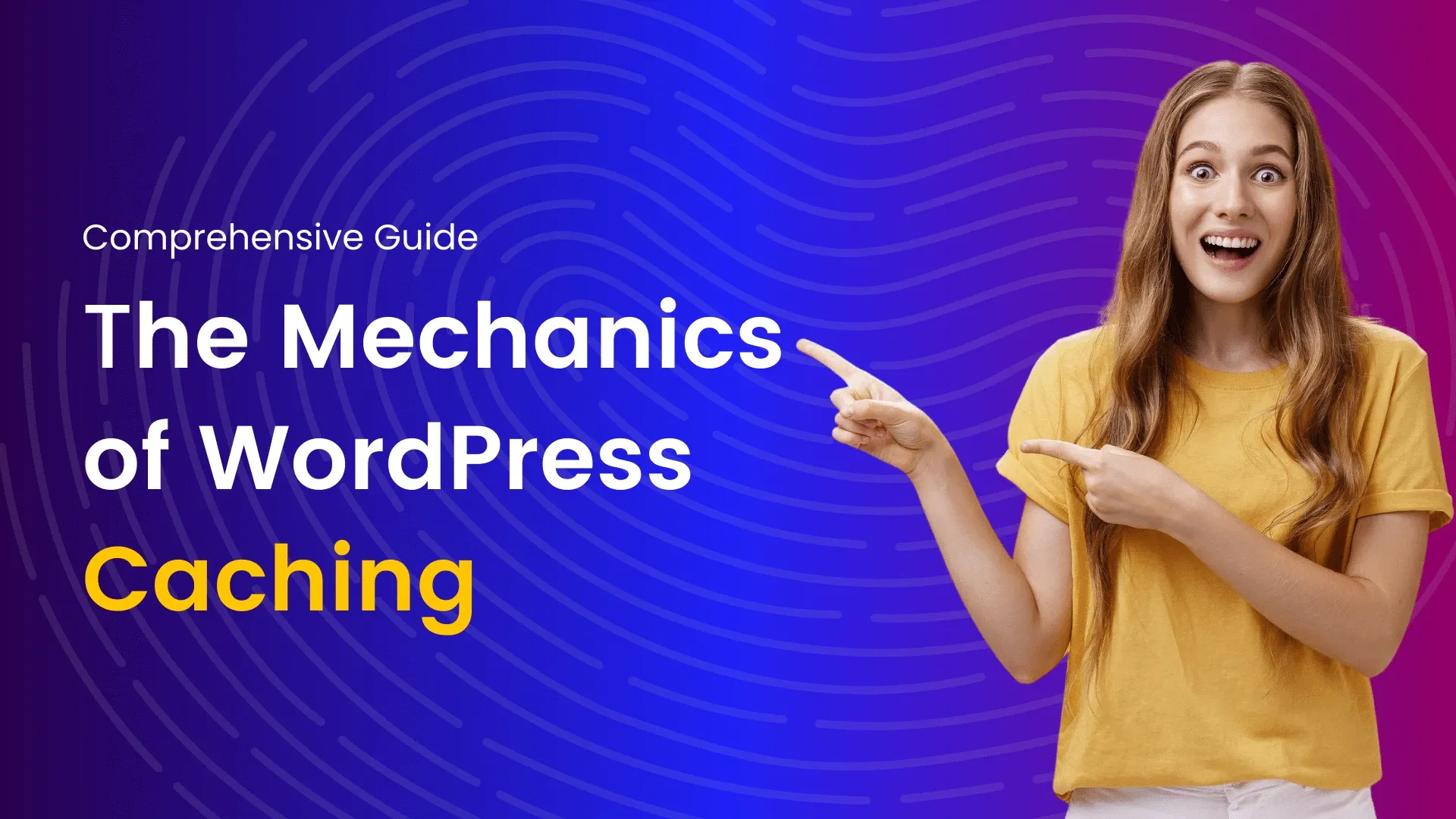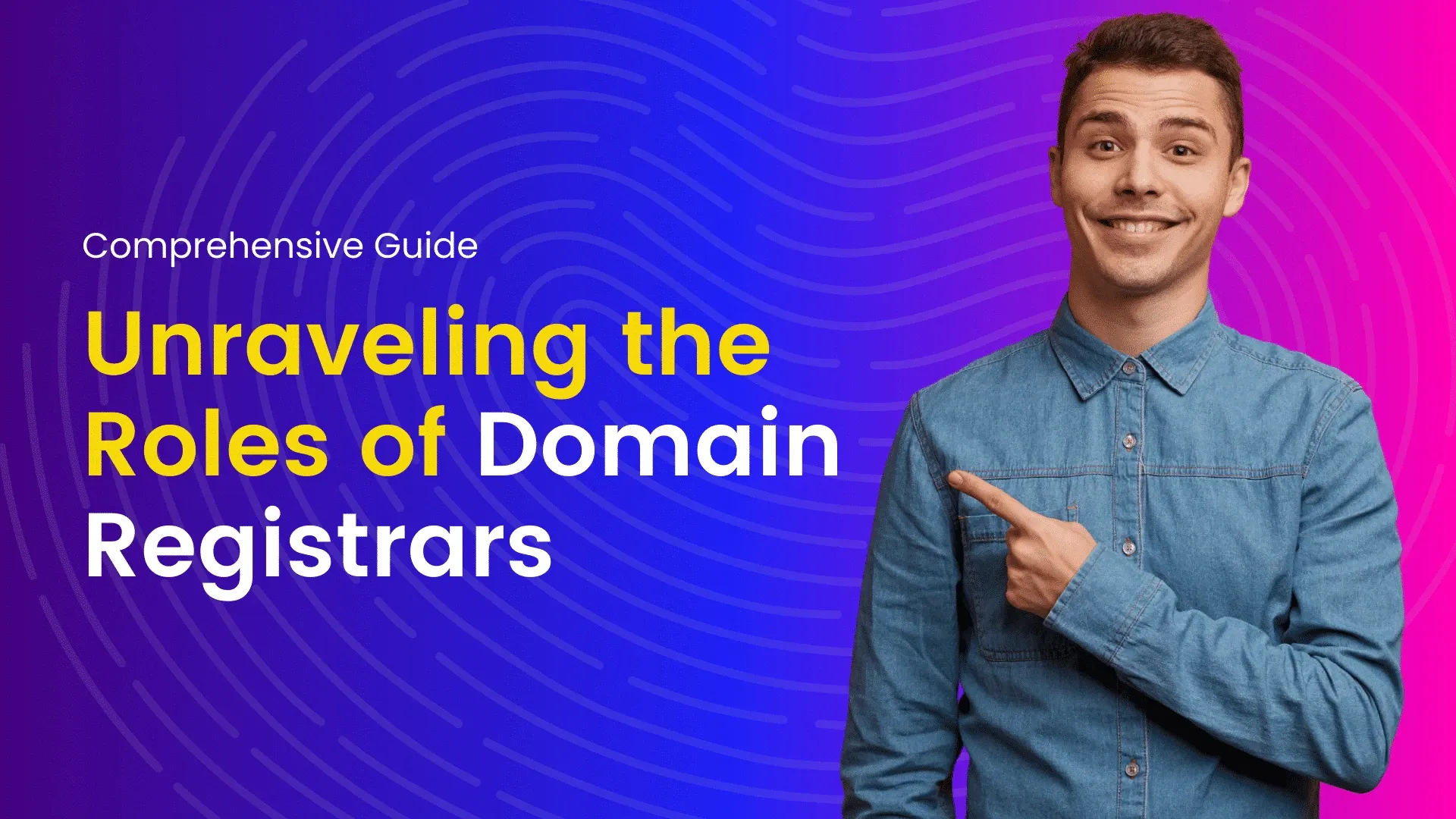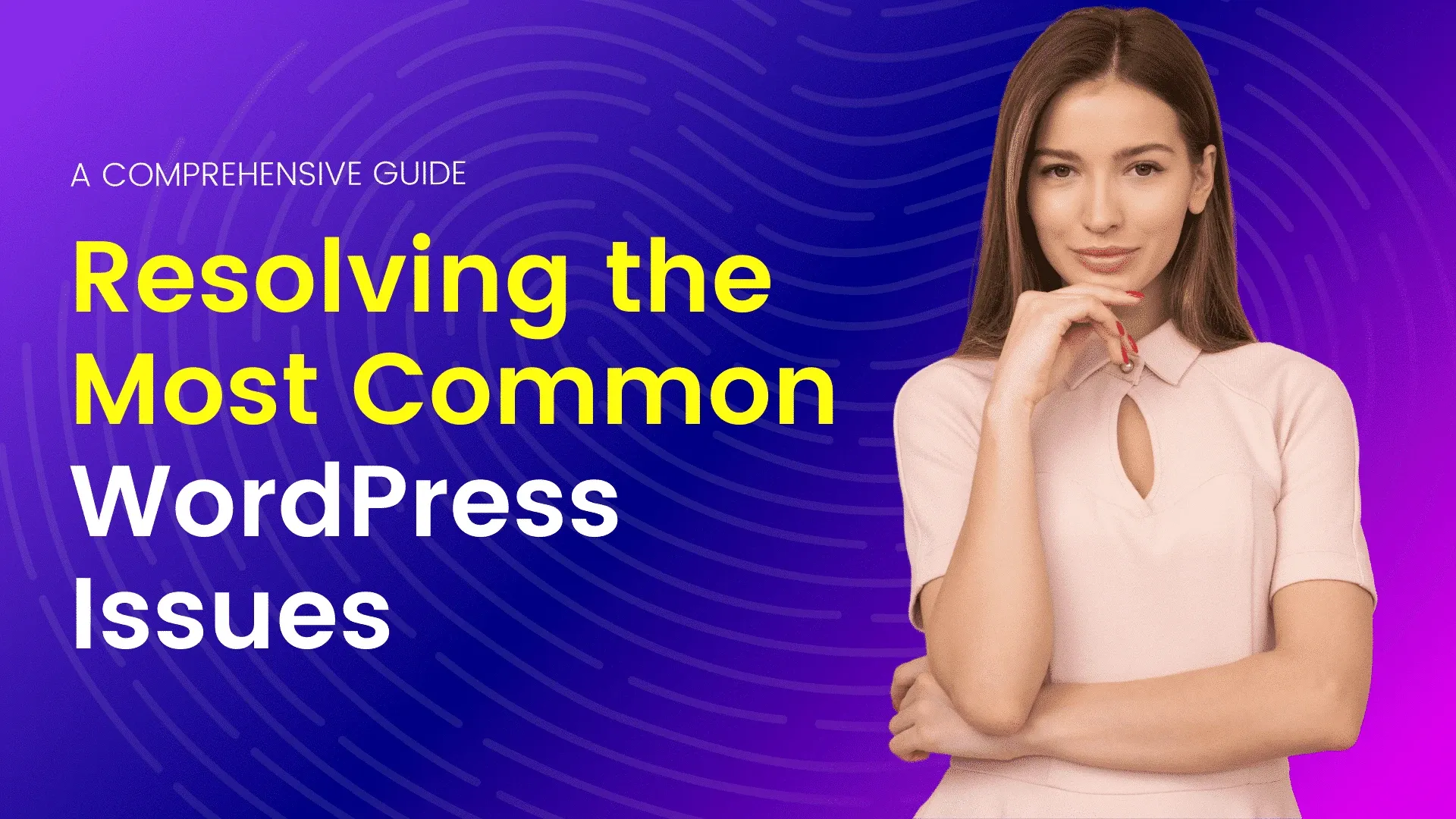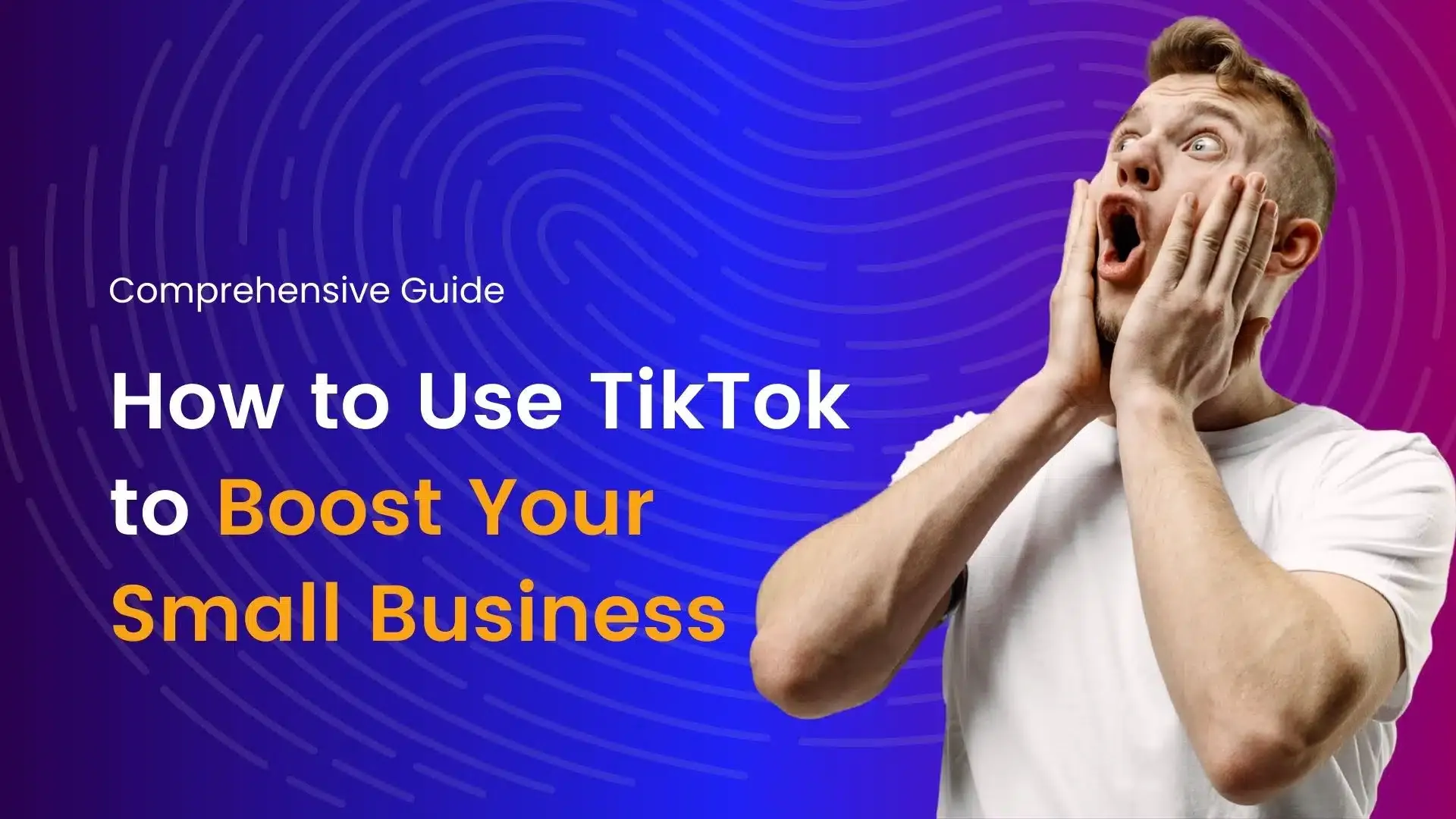Customer Conversion & Retention | Optimizing Customer Value
Customer conversion and retention are two critical aspects of any successful business. By optimizing customer value, businesses can increase revenue and grow their customer base. In this blog post, we will discuss how to effectively convert potential customers into paying customers and keep them coming back for more. We will cover goal setting, customer analysis, engagement strategies, user experience improvement, performance tracking, and incentive programs.
Customer Conversion & Retention
The introduction of a customer conversion and retention program is key to optimizing customer value. It helps businesses attract new customers while providing an engaging experience that encourages those customers to come back time and again. Developing and executing a plan for customer conversion and retention is an important part of sustaining and growing a business.
The goal of this program should be to convert prospects into paying customers, retain them as repeat purchasers, and reward those customers for their loyalty. To achieve these goals businesses must understand the various strategies available. These strategies vary based on business needs but effective ones offer customers value-driven rewards that can help build relationships with existing customers while gaining new ones in the process.
In designing these strategies businesses should focus on introducing incentives that foster engagement with the company’s products or services. This could include loyalty programs such as rewards points or discounts, special offers or coupons, referral-based incentives, or social media contests focused on brand awareness and engagement. The goal should be to involve target audience members in something that feels personal to them – something they can’t find elsewhere – while providing tangible benefits they will want to redeem down the line.
Finally, businesses should identify ways to track the effectiveness of this campaign by using technology like analytics systems to measure conversions and break down performance metrics such as overall customer lifetime value, average revenue per user, or cost of acquisition among others so they can keep tabs on their progress more accurately over time. By maintaining an understanding of your target audience through implementation but also through testing different campaigns for optimal success it helps tailor towards desired outcomes leaving room for experimentation along the way ensuring the best results are seen from all initiatives within this initiative.
Define Goals: Set Clear Objectives
One of the most important steps in optimizing customer value is to define goals. Goal fixing involves determining the desired outcome and mapping a clear path to achieving it. Objectives should be specific enough that progress can be measured and success can be determined. This particular goal revolves around customer conversion and retention; the question is how best to convert prospective customers into customers and then keep them from becoming churning customers by ensuring their satisfaction and engagement.
The objectives for optimizing customer value involve setting up a system for recognizing leads, understanding the customer’s needs, designing engaging content to nurture leads, providing exceptional service during transactions, delivering on promises for delivery or service quality, cultivating an ongoing relationship with existing customers through upsells/cross-sells or loyalty rewards programs. These overall objectives should be broken down into measurable goals – setting high standards for response rates or minimum requirements for purchase order size – while optimizing customer value relies on the implementation of tactics – such as automation tools, promotional offers, or improved messaging channels – that meet these goals. Together, these provide a guidepost toward achieving success.
When defining your objectives it’s important to stay focused on what matters most: improving engagement so that customers become loyal ones who recommend you to others!
Analyze Customers: Identify Needs
Staying ahead of the competition means understanding customers’ needs and demands. In order to optimize customer value, companies must analyze customer data, identify potential conversion opportunities, and provide a viable plan for customer retention.
The first step in optimizing customer value is to analyze past customer activity. This includes evaluating recent campaigns and other marketing activities to identify which strategies are most successful in driving conversions or retaining customers. Companies should also look into past sales performance and understand what types of products were most popular among different segments of customers, as well as the causes of any churn or lost customers.
Furthermore, businesses must gain insights into their target market’s interests and preferences, such as areas where they spend the most money or what type of content resonates with them most. This will allow them to better segment their target audience, personalize content accordingly, and create customized offers that meet their specific demands.
Utilizing demand analysis will help businesses uncover hidden opportunities they may have previously been unaware of in order to better serve their current customers while also securing new ones. By fully understanding customer needs, companies can improve their existing offerings to increase conversion rates and reduce churn rates in order to optimize overall customer value.
Engage Customers: Build Relationships
Customer conversion and retention are essential for successful businesses. Keeping customers engaged and building relationships is key to optimizing customer value. Companies must have a clear strategy when approaching customers; evaluating customer feedback, understanding customer needs, personalizing experiences, and offering incentives will help build that relationship.
In order to maximize your customer lifetime value, it is important to make sure you are fostering loyalty with current customers while concurrently acquiring new ones. When first engaging a customer, the customer journey should be taken into account along with a well-defined market segmentation model. Knowing who your customers are and what they want will result in more tailored offers and better targeting when seeking new customers.
Great communication should go beyond just sales messages; companies need to actively interact with their customers through personalized emails, social media campaigns, and regular newsletters featuring tips or advice related to their product/service offerings. Demonstrating that you care will build trust between the customer and the brand and ensure loyalty going forward.
In addition to engaging existing customers, companies should look for ways to increase their visibility within the larger market. Networking events can be an effective way of gaining exposure; identify potential clients at networking events by introducing yourself and learning about the type of projects or services they’re looking for. Having valuable contacts within the industry helps create more opportunities by tapping into already established relationships within various industries. Following up on leads is essential in helping secure those contacts as clients of your business.
Overall, properly engaging customers while consistently finding ways to acquire new ones is paramount in driving growth while creating lasting relationships in return – answering the questions of how best to optimize customer value from either end – conversion or retention.
Improve Experience: Enhance UI/UX
Optimizing customer value requires improving user experience. Enhancing the User Interface/ User Experience (UI/UX) of digital technology is key to increasing customer conversion and retention rates. Enhancing the UI/UX of websites and applications can help businesses in two ways: firstly, through an improved user interface design and navigation, ensuring that customers’ journeys are as smooth and stress-free as possible; secondly, by creating a seamless look and feel throughout the entire digital ecosystem it becomes easier for customers to understand that brand’s personality, trust their products or services and stay loyal.
An enhanced user experience should be easy to use regardless of the device being used whether it is a mobile phone or desktop computer, tablet, etc. It should have a responsive design so that content can adapt when users switch from one device to another — from portrait to landscape mode within seconds on tablets; from one operating system version to another on phones; from one side of the monitor to another on computers — you name it!
Furthermore, users should be able to easily locate what they need because clear visual cues guide them throughout their journey with customized options based on their interests. Finally providing personalized content-related feedback can support users in making decisions that best fit their needs.
Track Results: Monitor Performance
When it comes to customer conversion and retention, it is essential to track the performance of your campaigns through Key Performance Indicators (KPIs). By analyzing data such as customer lifetime value, monthly active users, and conversion rates, you can accurately measure the success of your marketing and sales efforts against objectives. Your KPIs should not only provide a snapshot of the performance of your campaigns but also give an indication of how ineffective strategies are being replaced with ones that better drive results.
Tracking results is not only important for the success of your ongoing campaigns but also essential in optimizing customer value. Through monitor performance tracking and analysis you can identify areas where customers may be falling out or where more investment should be directed to increase conversions and ultimately improve customer value. When measuring ROI (return on investment) it’s important to look at factors such as product adoption rate, user engagement level, and subscription lifetime value in order to get an accurate picture of how profitable a given project is or may become.
By tracking performance regularly you can ensure your current initiatives are delivering results while identifying potential areas that could benefit from further optimization. KPI tracking combined with focused analysis will enable you to pick up on trends that are either affecting conversion rate or influencing customers’ decision-making process – allowing for quick changes before their effect on customer loyalty reaches a point of no return.
Offer Discounts & Incentives: Encourage Return Visitors
In order to maximize customer value and create long-term customer conversion and retention, it is important to devise strategies for sales that encourage return customers. One tactic used to increase customer value is offering discounts and incentives as a way to entice shoppers back into the store or onto the website. Discounts and incentives should be tailored so they target customers who have already made a purchase.
The use of discounts and incentives can provide an excellent opportunity for businesses to increase their profits. Shoppers are more likely to purchase items from stores that give them something in return, even if it’s only a small discount or free product sample. By providing customers with a high level of customer service such as extensive product knowledge, discounts, and other services, businesses can create loyal customers who will continue to make purchases over time.
Discounts should be calculated with care as too much of a discount could end up hurting profits in the long run if targeted to specific groups like students or seniors who are more likely to crave discount opportunities than other consumers. When giving out offers or promotions, remember that shoppers should feel valued in order for them to come back again.
Therefore offering appealing discounts on products that may prove popular with various demographics can be an effective way of increasing revenue while creating loyalty among repeat buyers while keeping prices competitive enough to still be profitable for the business itself. With careful consideration, one can easily find ways to promote deals while making sure they are profitable at the same time!
Conclusion: Optimize Customer Value
Customer conversion and retention aren’t just about acquiring new customers. It is about optimizing customer value for brands by providing them with the best experience and value. Brands need to understand how to keep repeat customers engaged, satisfied, and loyal over time. To optimize customer value, companies should focus on their efforts in developing a personalized customer journey that includes personalization, education, building trust and loyalty through rewards, cross-selling & upselling, social media engagement, content marketing & storytelling as well as web design optimization.
It is essential for companies to leverage various marketing strategies & tactics to increase customer lifetime value and ensure maximum profit margins with each transaction or sale. A/B testing campaigns can help marketers determine the most successful tactics that attract potential buyers while measuring customer wellness across different channels over time. Furthermore, focusing on creating positive experiences by connecting emotionally with customers will help create brand loyalty perpetuating more conversions.
In conclusion, businesses need to focus on creating exciting experiences which benefit the customer while also including effective strategies such as personalization of experiences & incentives to maximize ROI in order to build long-term relationships with customers hence boosting customer conversion rates & increasing overall profitability.
Frequently Asked Questions
Q1: What are the best practices for customer conversion and retention?
A1: The best practices for customer conversion and retention include providing high-quality customer service, offering incentives for repeat purchases, implementing a loyalty program, personalizing customer experiences, and creating content that is relevant to customers.
Q2: How can I optimize customer value?
A2: To optimize customer value, businesses should focus on developing relationships with customers and building trust. Additionally, businesses should look for ways to increase customer engagement, such as offering rewards and discounts, providing personalized experiences, and offering exclusive deals and promotions.
Q3: What strategies can I use to improve customer loyalty?
A3: Strategies to improve customer loyalty include offering incentives for repeat purchases, implementing a loyalty program, personalizing customer experiences, creating content that is relevant to customers, and providing high-quality customer service.

